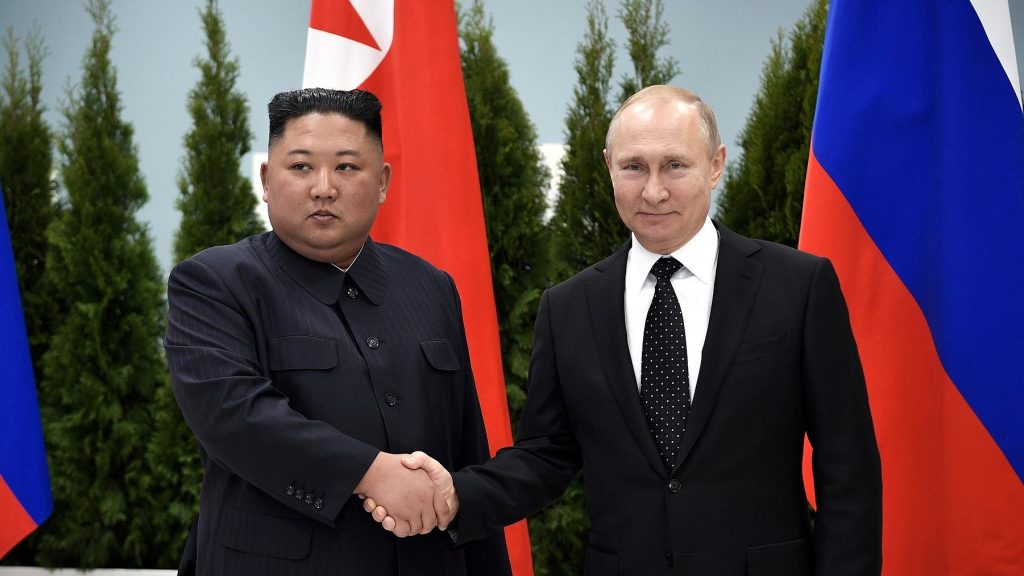Russia and North Korea take a tangible step in deepening their strategic alliance with infrastructure designed to outlast diplomacy
Others are reading now
Russia and North Korea have launched the construction of a new road bridge spanning the Tumen River, aiming to bolster their strategic partnership.
The project, announced Wednesday by Russian Prime Minister Mikhail Mishustin, is seen as a symbolic and functional step toward strengthening bilateral relations.
A bridge beyond engineering
Speaking at a ceremony marking the start of construction, Mishustin described the bridge as “more than just an engineering project.”
According to state-run agency TASS, the Russian prime minister said it “symbolizes our shared desire to strengthen friendly, neighborly relations and deepen interregional cooperation.”
Also read
The new road link, which has been in planning for years, will complement the existing “Friendship Bridge”—a railway bridge opened in 1959 after the Korean War. It will extend 850 meters and connect to Russia’s national highway network.
As reported by HotNews.ro, the project was finalized during President Vladimir Putin’s state visit to North Korea in 2024. Russian media outlet Kommersant reports that the bridge is expected to be completed by the summer of 2026.
Economic ambitions and military backdrop
The infrastructure is designed to reduce transport costs and increase the volume and reliability of cross-border trade. “It will help ensure a stable supply of various goods and support the expansion of commercial and economic cooperation,” Mishustin added.
The announcement comes against the backdrop of intensifying military cooperation between the two countries.
On the same day, South Korean lawmakers revealed intelligence indicating that around 600 North Korean soldiers have been killed while fighting for Russia in Ukraine. According to Seoul, approximately 15,000 North Korean troops have been deployed to support Russian forces.
The new bridge project, therefore, serves as both a literal and figurative connection between two regimes facing increasing isolation from the West—and increasingly aligned in both economic and military terms.


